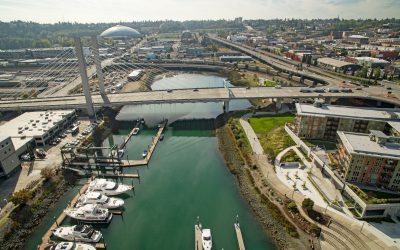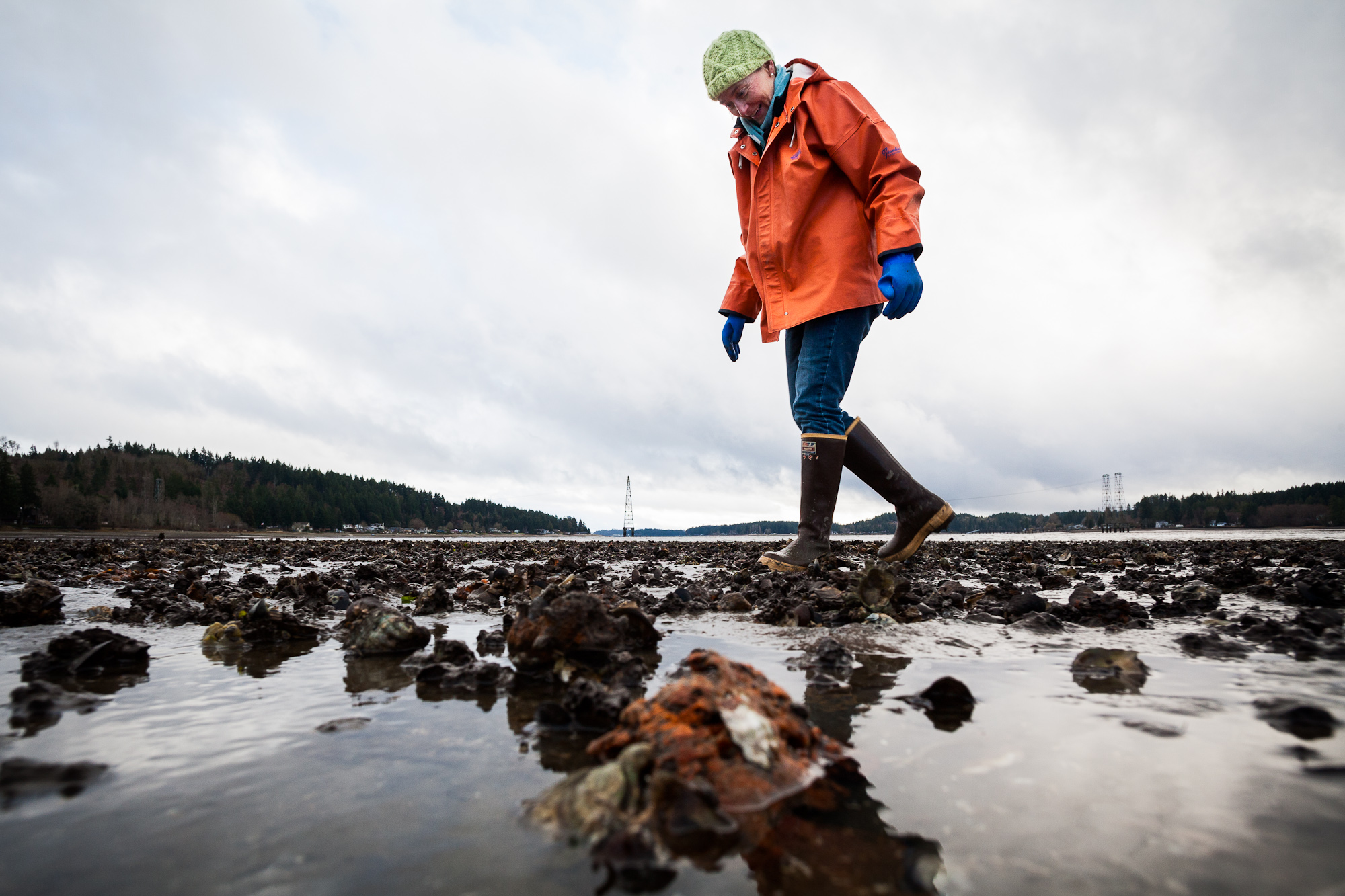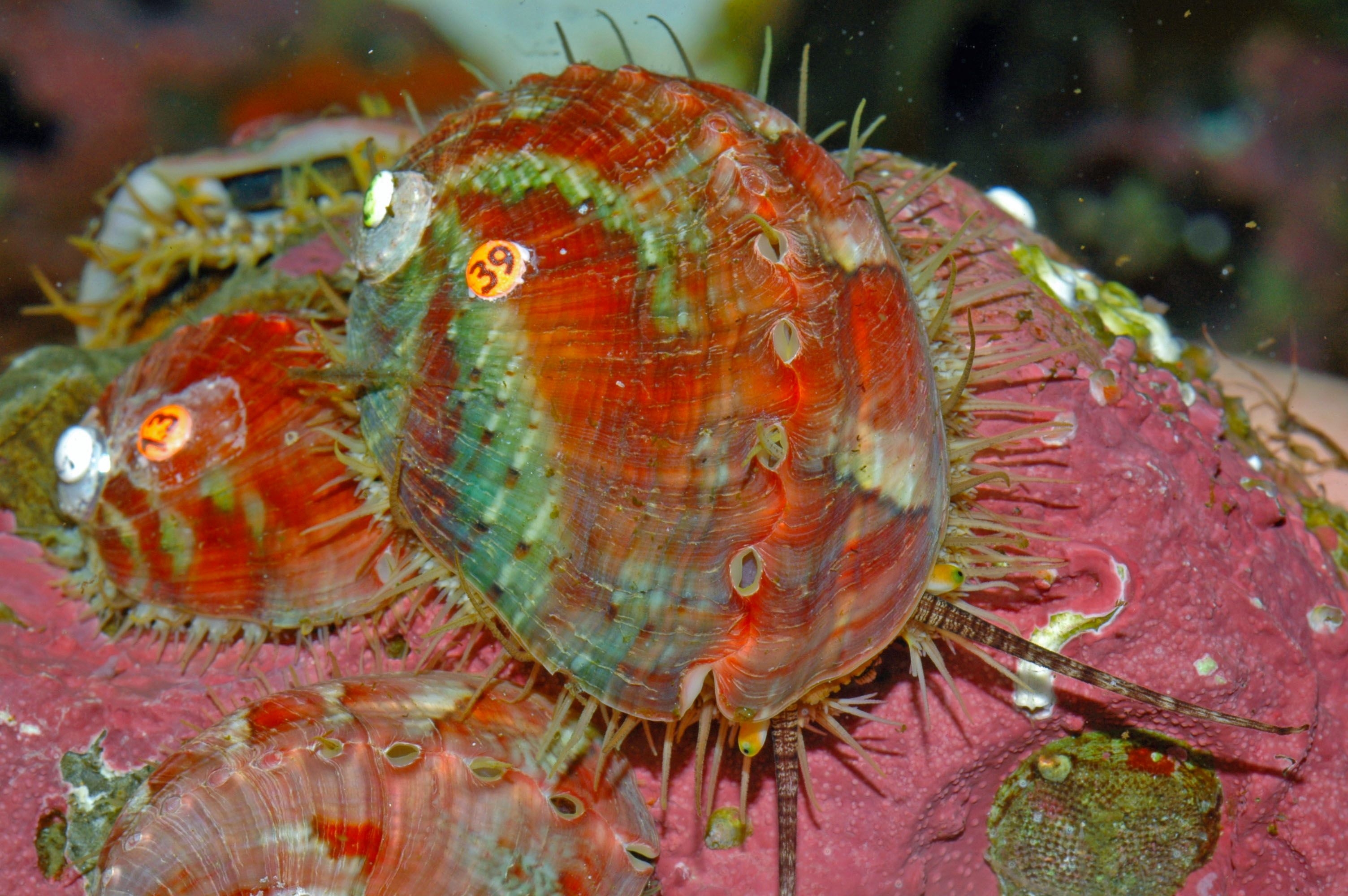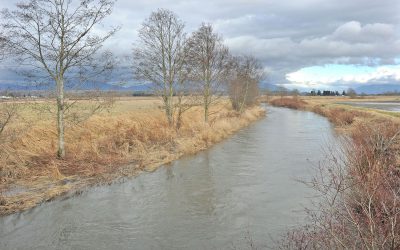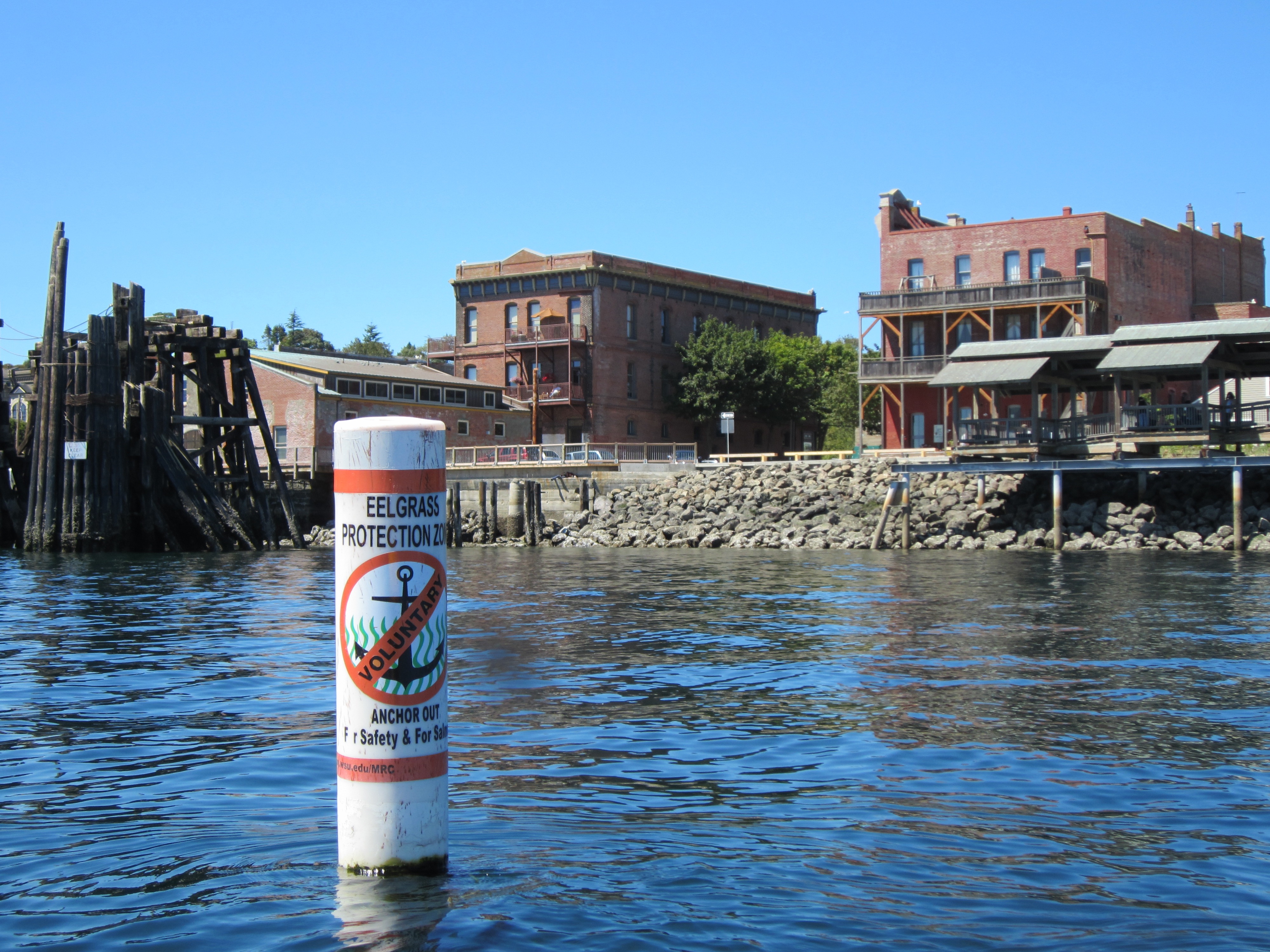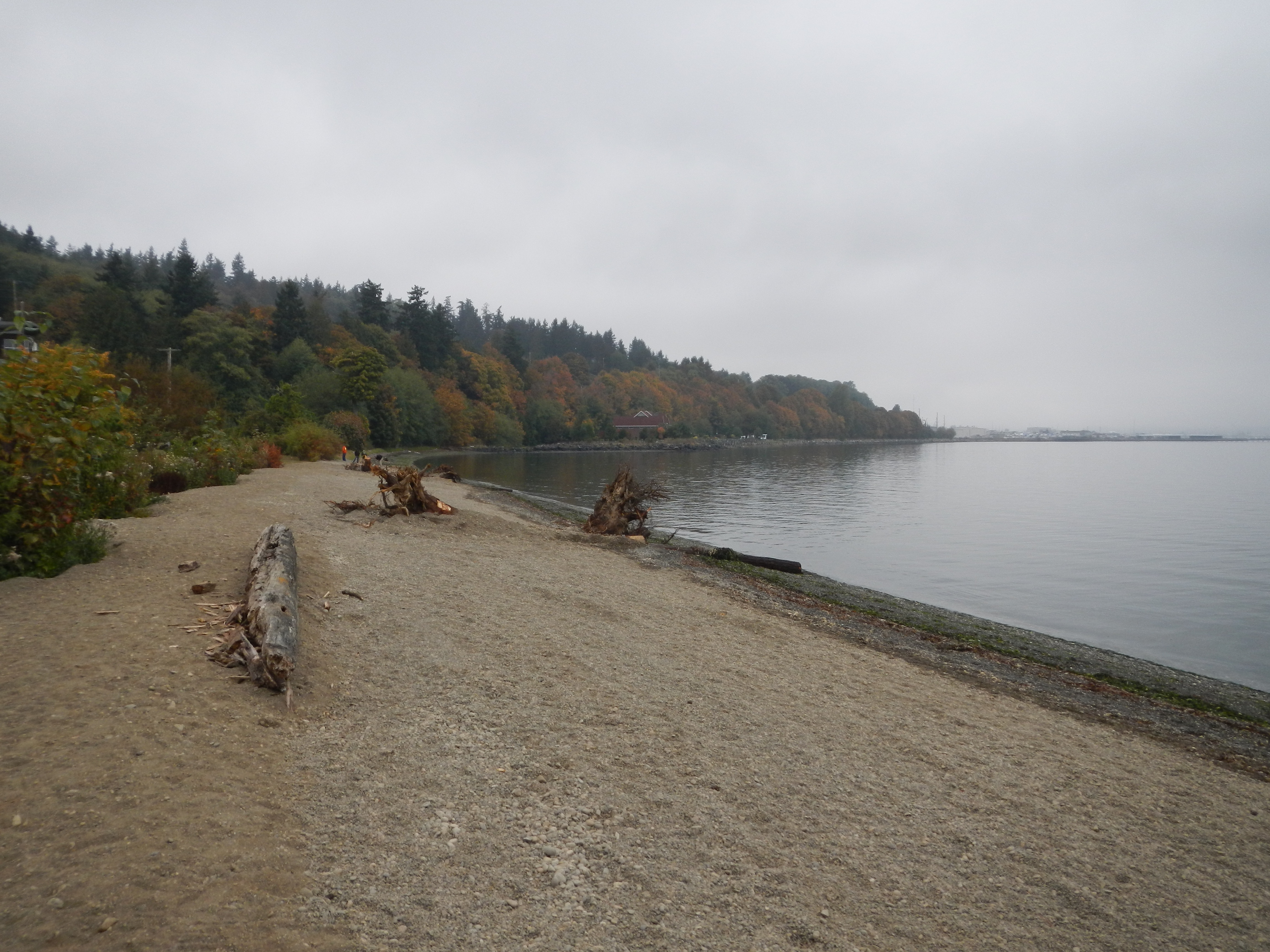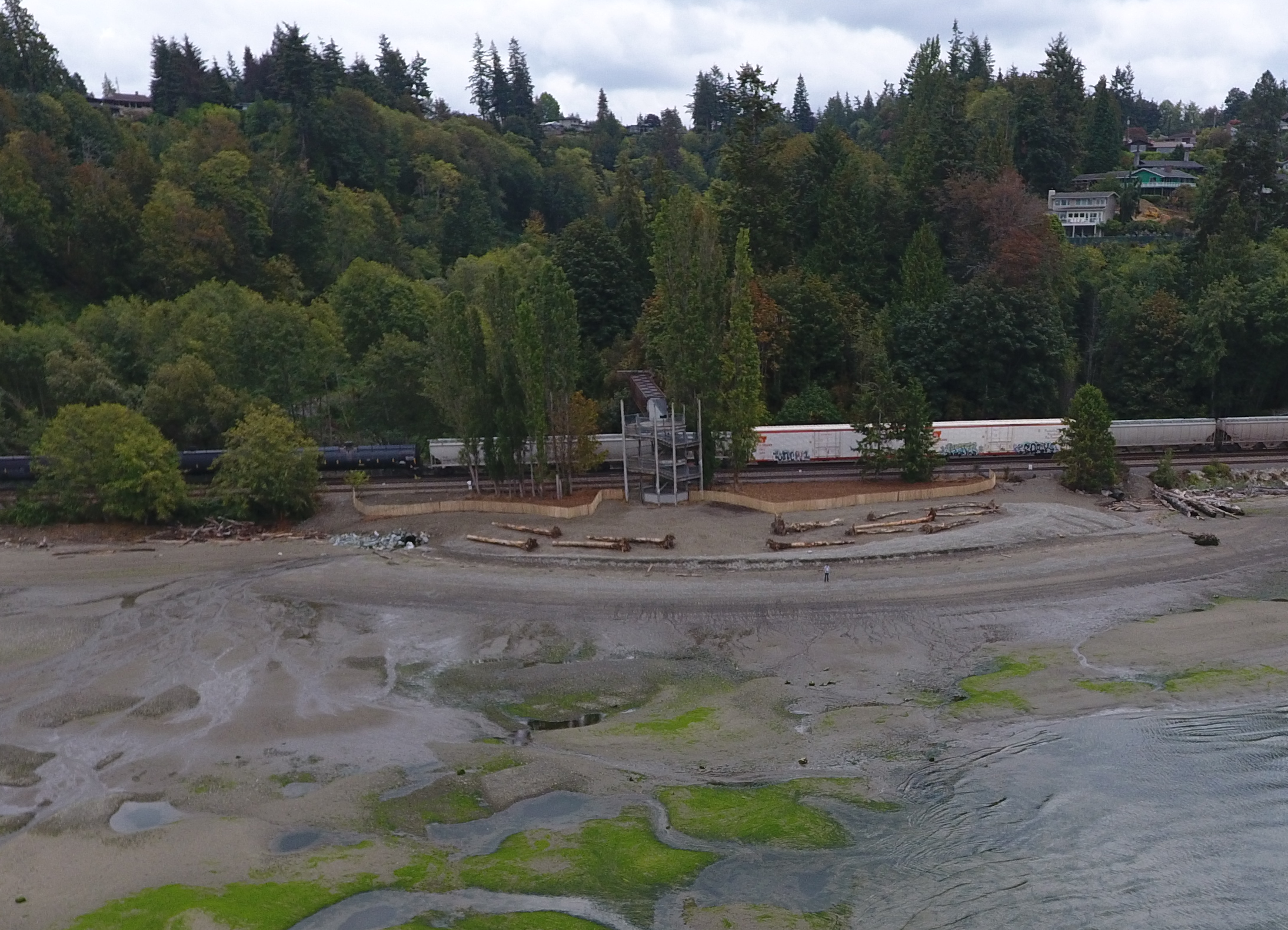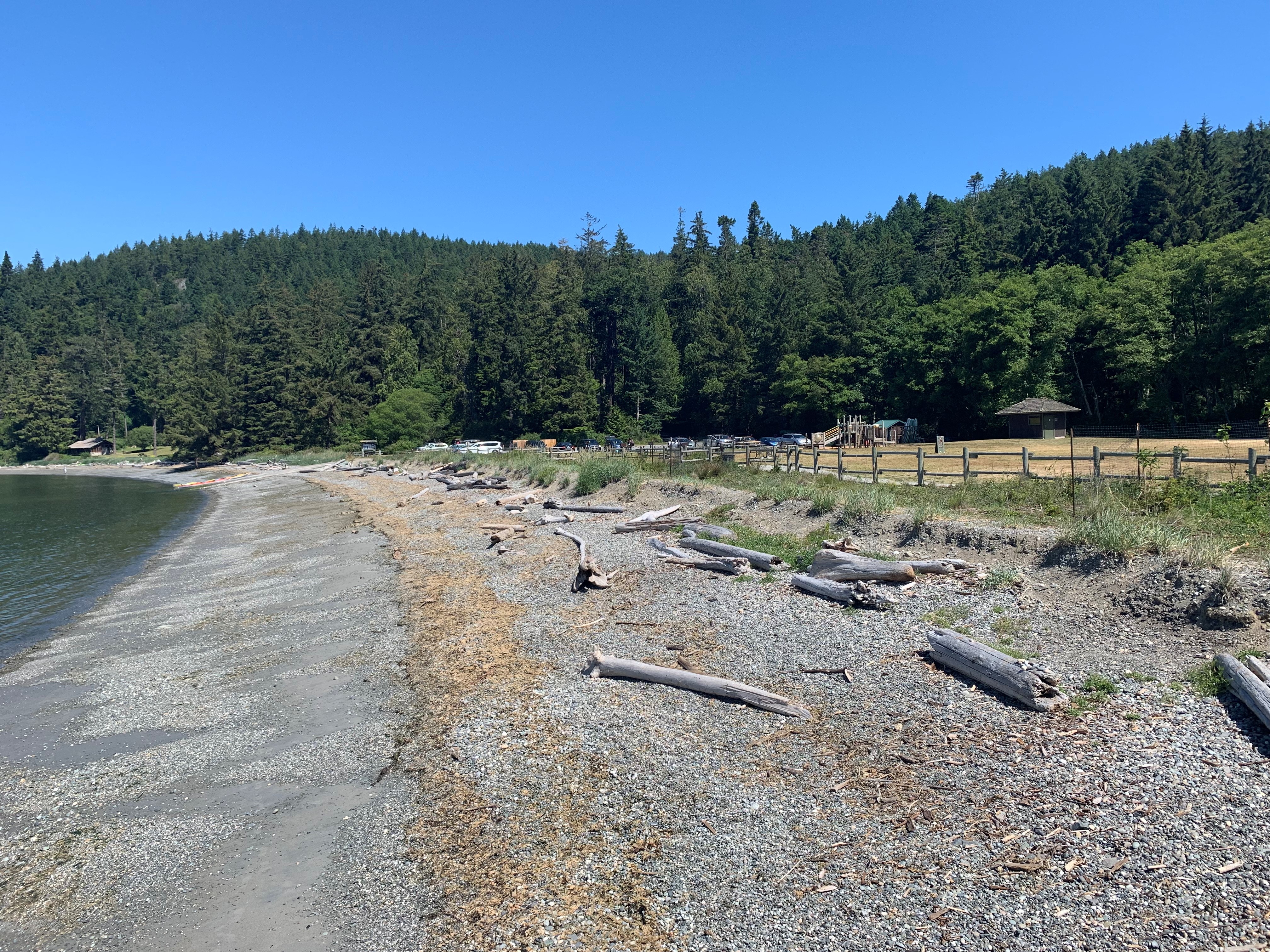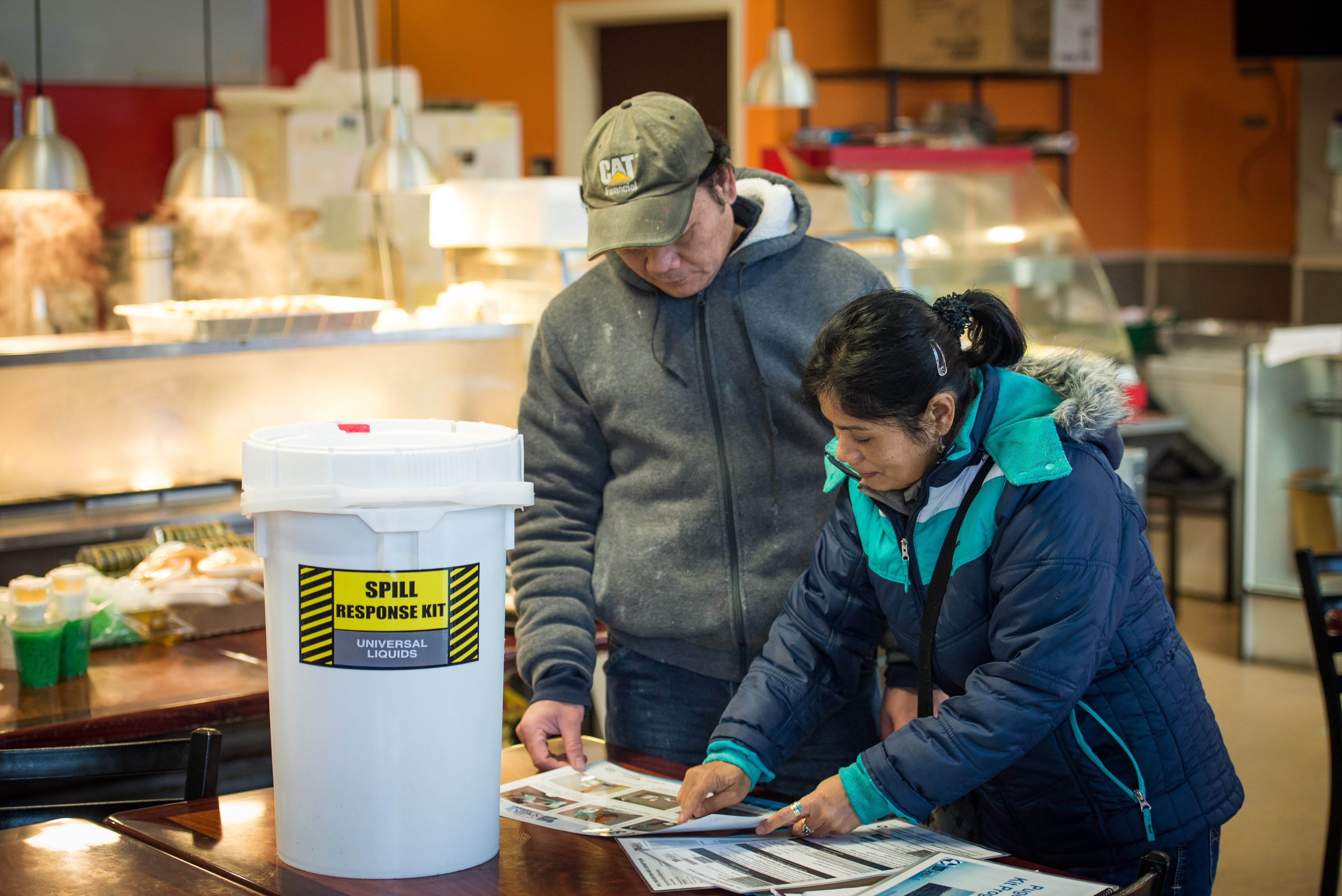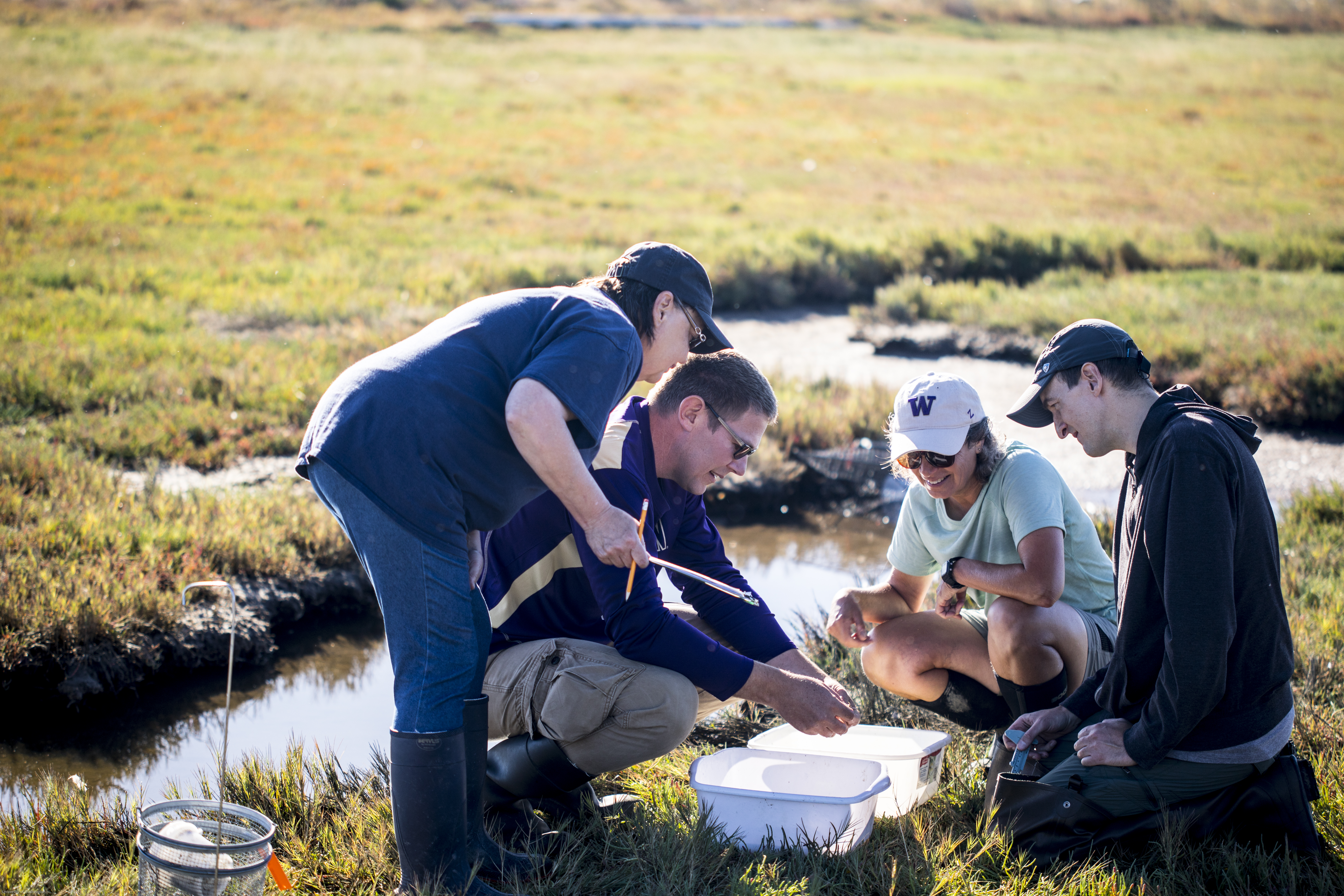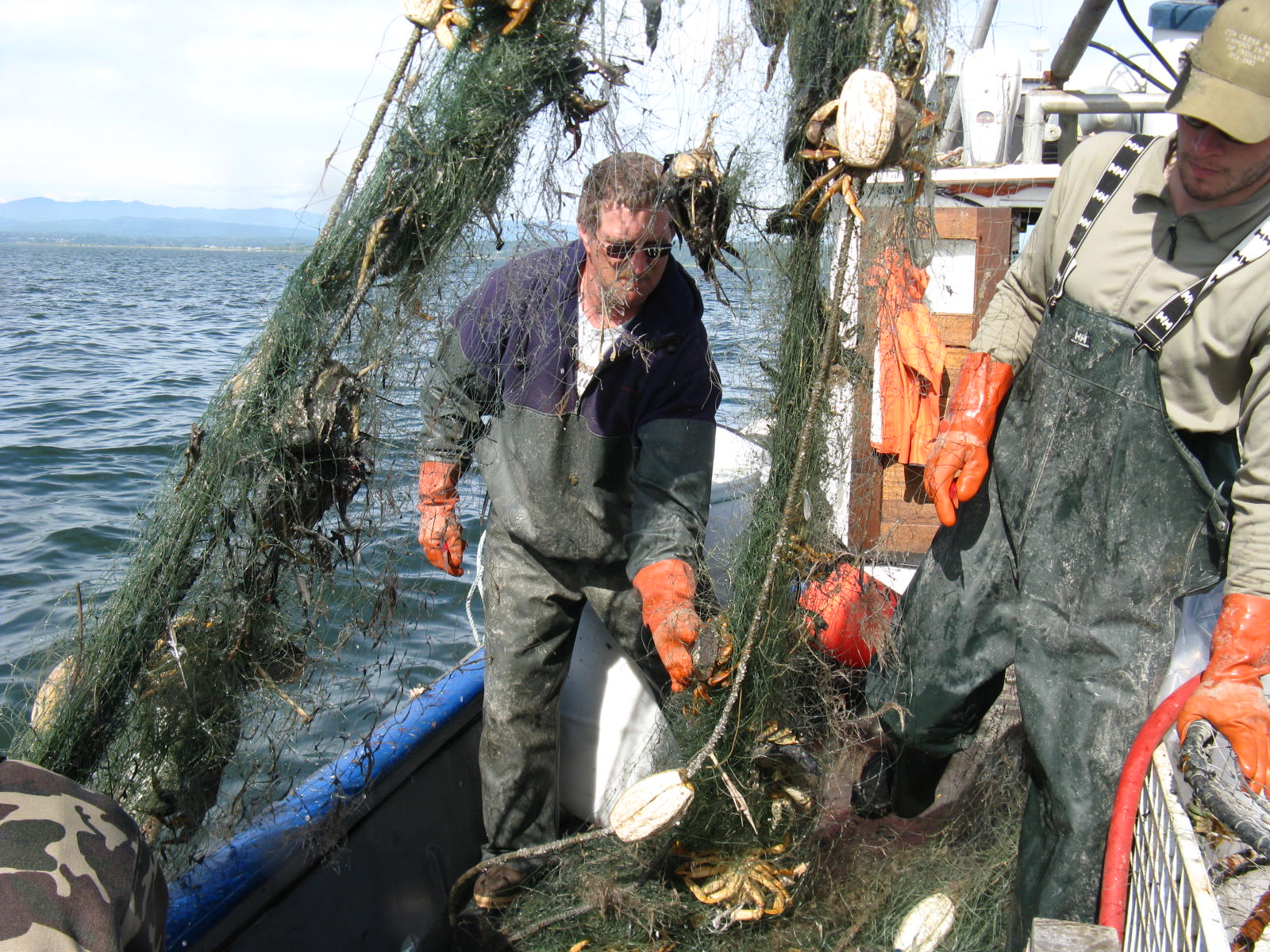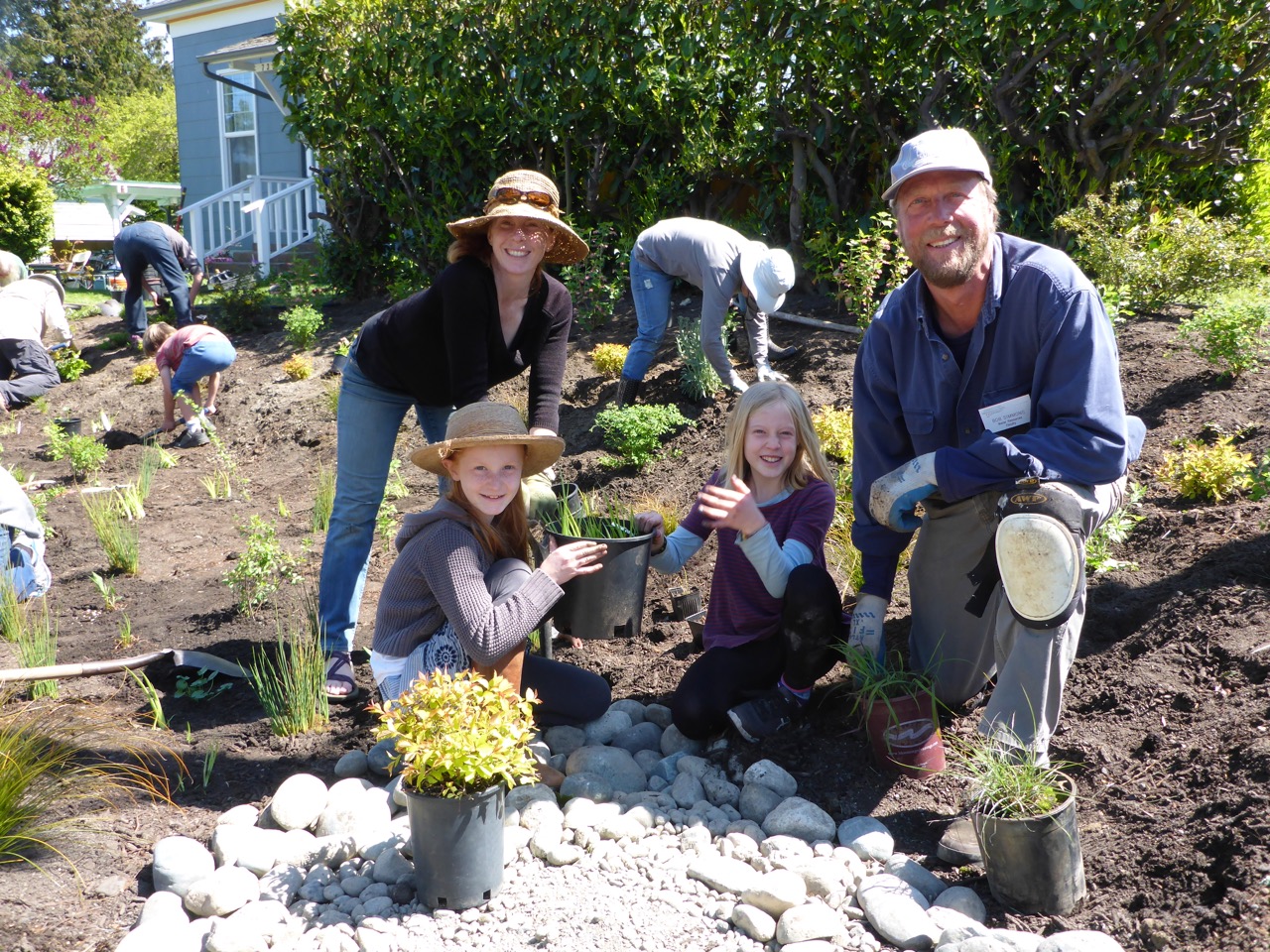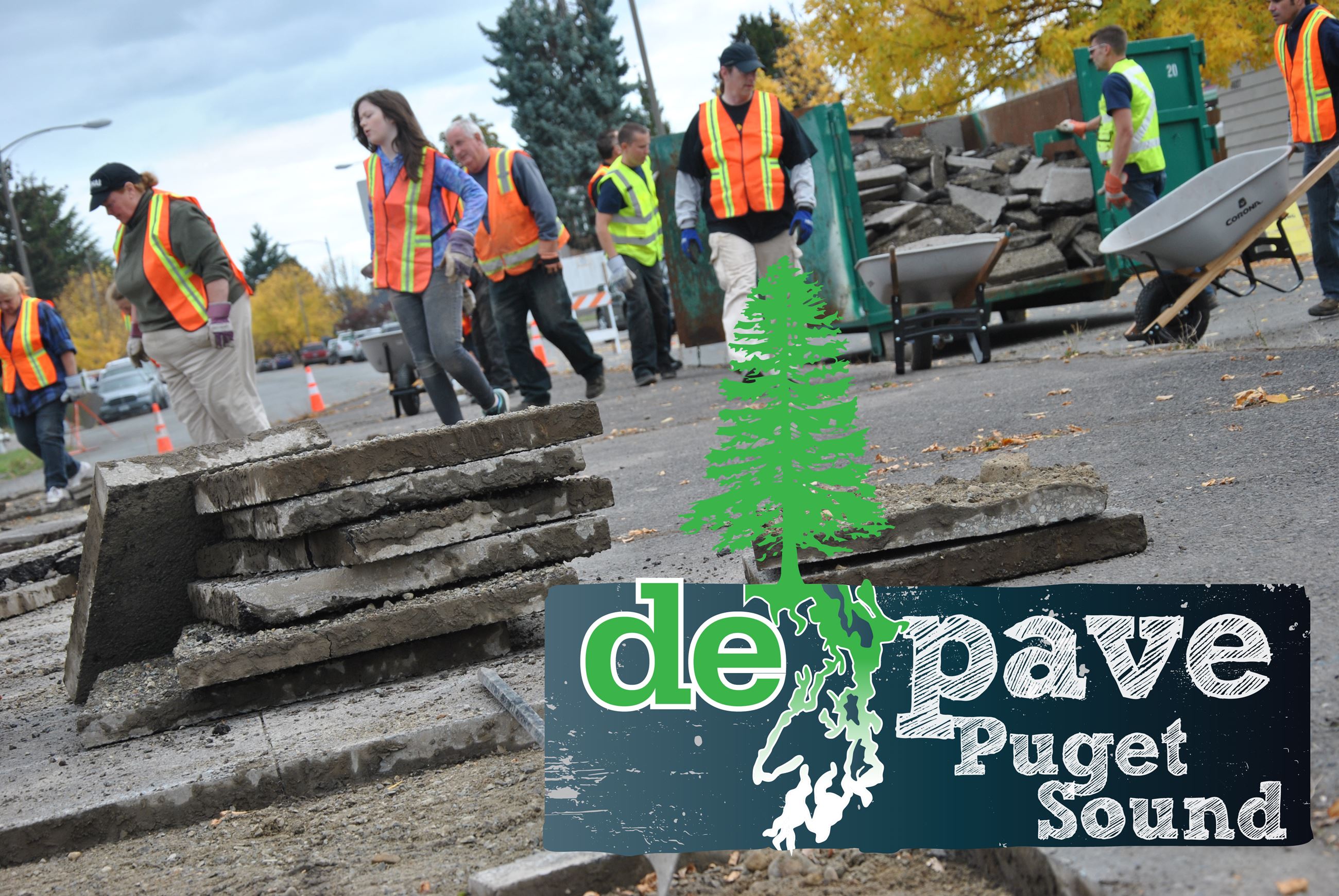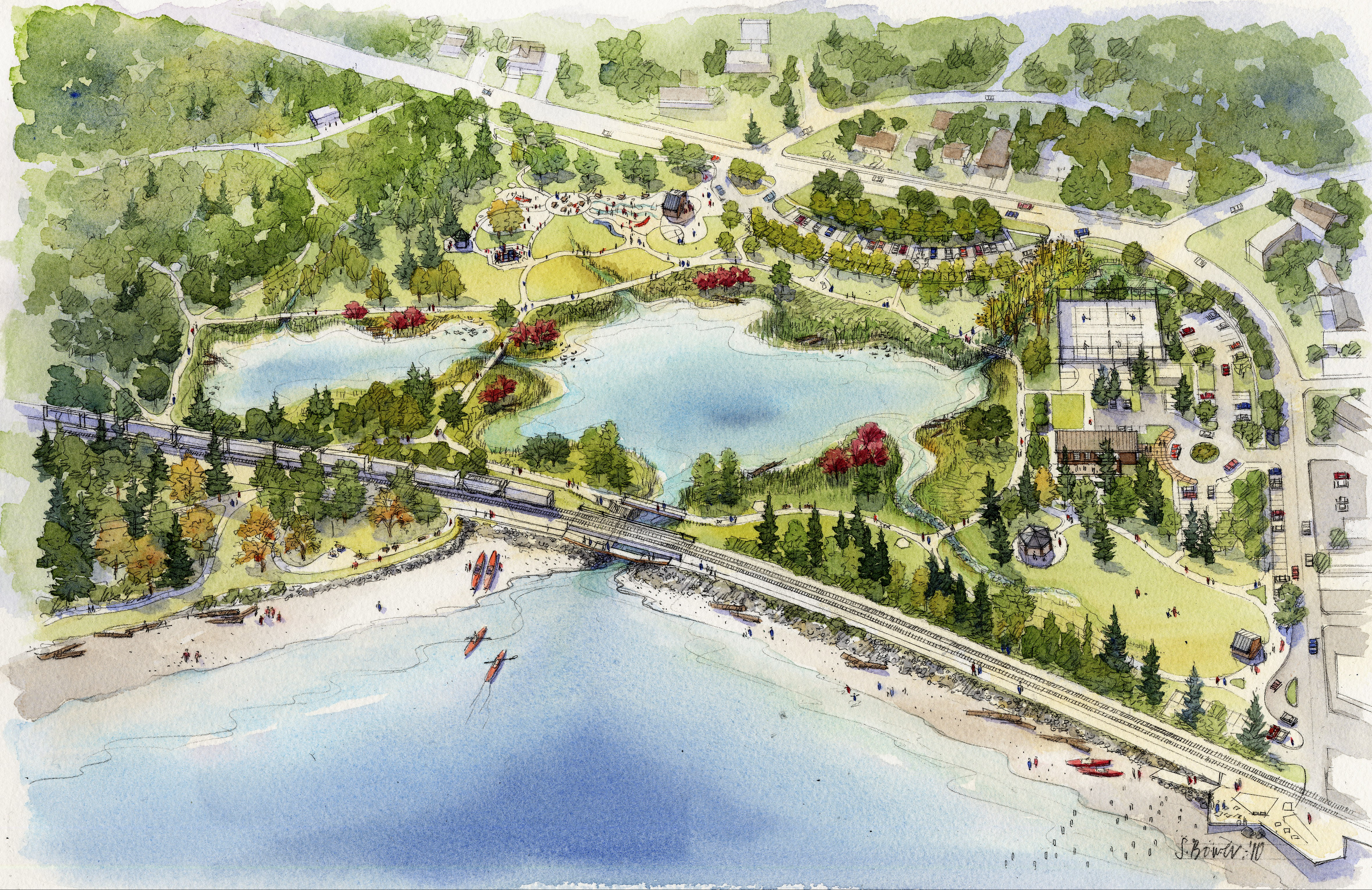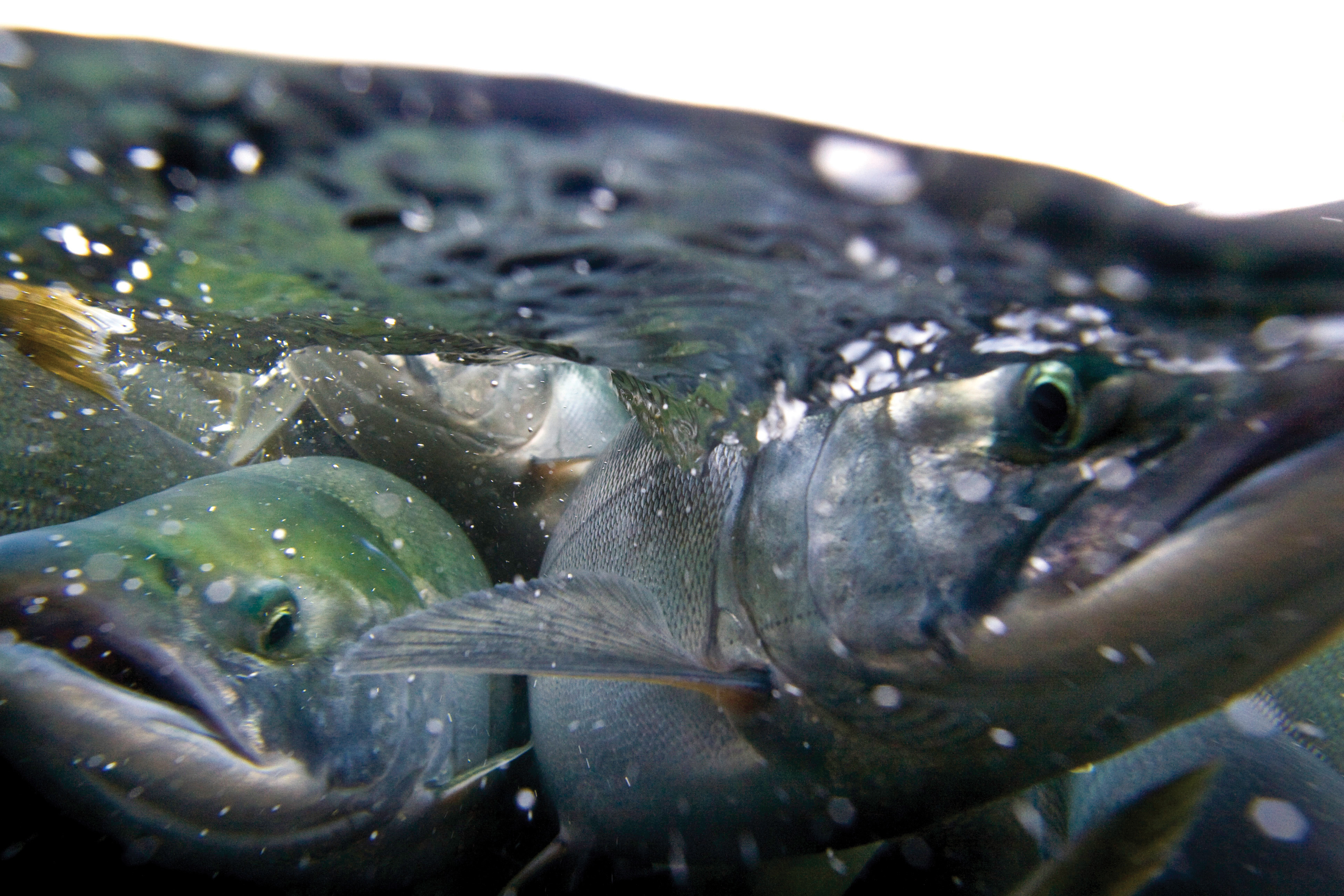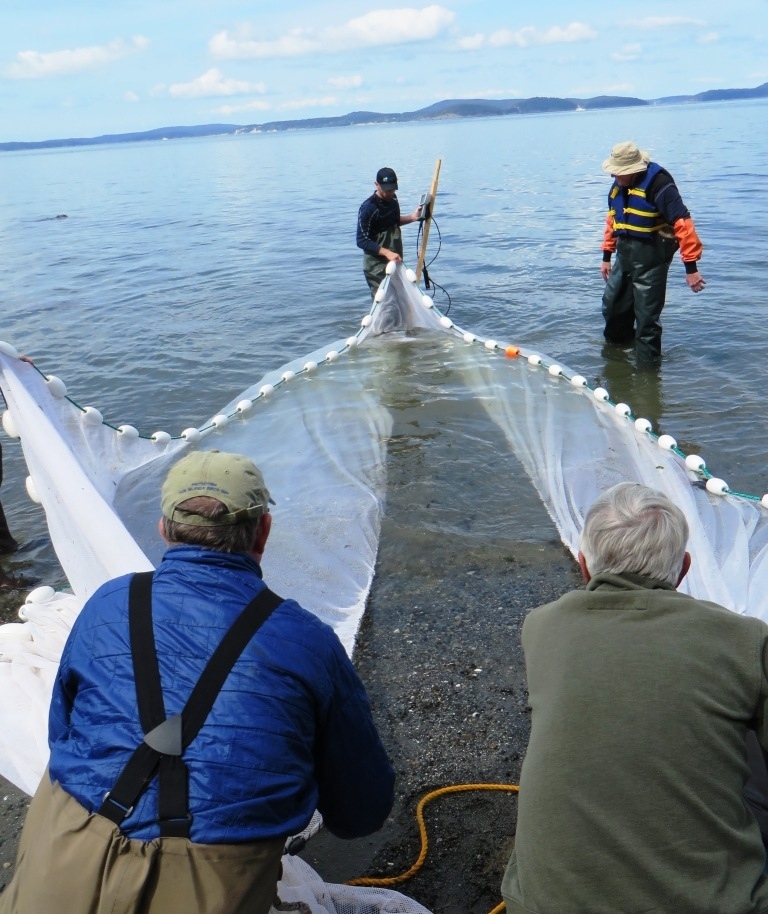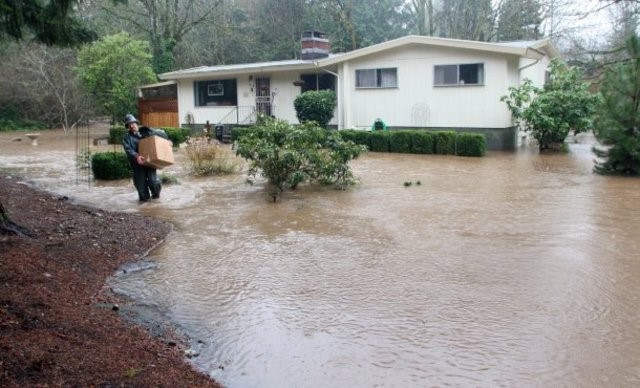Erasing a legacy of pollution The Thea Foss Waterway in Commencement Bay includes three miles of nearshore habitat important for fish and wildlife. This area was contaminated by over a century of industrialization and was identified by the Environmental Protection...
Olympia Oyster Restoration
Rebuilding native oyster beds and important habitat The Olympia oyster is Washington's original oyster. As our only native oyster species, they help keep our estuaries healthy by providing habitat for a diverse community of organisms. The oysters grow in aggregations,...
Restoration of the Pinto Abalone
Recovery of an iconic shellfish species to Puget Sound Abalone are large marine snails important to the food web. The pinto abalone is the only abalone species found in Washington waters. This native species has cultural and ecological significance, grazing rock...
March’s Point Nearshore Restoration
Rebuilding beaches for forage fish March's Point is located on the northeast opening to Fidalgo Bay in Skagit County near two oil refineries. After an oil spill at the site in 1991, a large volume of beach sand was removed as part of the clean-up. The beach continued...
Weaverling Spit Nearshore Habitat Restoration
Removing bulkheads to create habitat for forage fish Weaverling Spit is located on Fidalgo Bay, and is traditional homeland of the Samish people. Bulkheads made of concrete, creosote-timber, or rock piles were originally built to protect property, but the bulkhead was...
Howarth Park Nearshore Habitat Restoration
Restoring habitat for Forage Fish while Improving a City Beach Park Howarth Park is a public beach used for recreation and was the site of a large-scale restoration and beach enhancement project in 2016. Along the Everett shoreline, rock bulkheads (seawalls) protect...
Bowman Beach Nearshore Restoration
Restoring an ecosystem and providing a beach to enjoy Bowman Bay is a pocket beach located in the Whidbey Basin at Deception Pass State Park. Prior to the 1970s, a seawall was built to protect a fish hatchery that was operated at the site. The hatchery was dismantled,...
Washington Sea Grant Crab Team
Engaging citizen science volunteers to protect the Salish Sea from invasive European Green Crab The European green crab is listed by the International Union for Conservation of Nature (IUCN) as one of the world's 100 most damaging invasive species. European green...
Northwest Straits Marine Conservation Initiative
Local people. Local solutions. The Northwest Straits Marine Conservation Initiative catalyzes and empowers local communities to conserve and restore their marine resources. Established in 1998, the Northwest Straits Commission provides funding, training and support to...
Depave Puget Sound
Project Summary Nonpoint sources of pollution, such as stormwater runoff, are the biggest threats to Puget Sound water quality. Polluted stormwater carries toxins, nutrients, sediment, and bacteria to Puget Sound where these pollutants affect aquatic life and public...
Titlow Park Shoreline Restoration Project
The Titlow Park Shoreline Restoration Project is working closely with Tacoma Metro Parks to successfully remove a derelict bulkhead, seawall, and defunct home near an important bait fish beach in Puget Sound. The second phase of the project will undertake restoration...
Nooksack River
A habitat restoration effort on the Nooksack River aims to help two important populations of Puget Sound Chinook salmon recover from dangerously low numbers. As with other salmon recovery actions undertaken by the Nooksack Indian Tribe, the goal of the...
Dickerson Creek
Dickerson Creek's upper reaches have some of the best salmon spawning and rearing habitat in Puget Sound. But Dickerson Creek and adjacent Chico Creek have been affected by streamside residential development and aging, undersized culverts. The culverts were identified...

